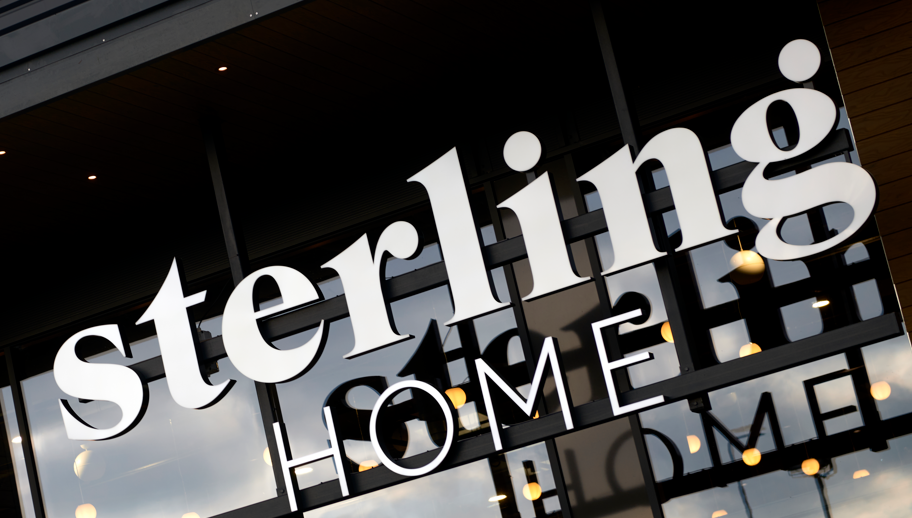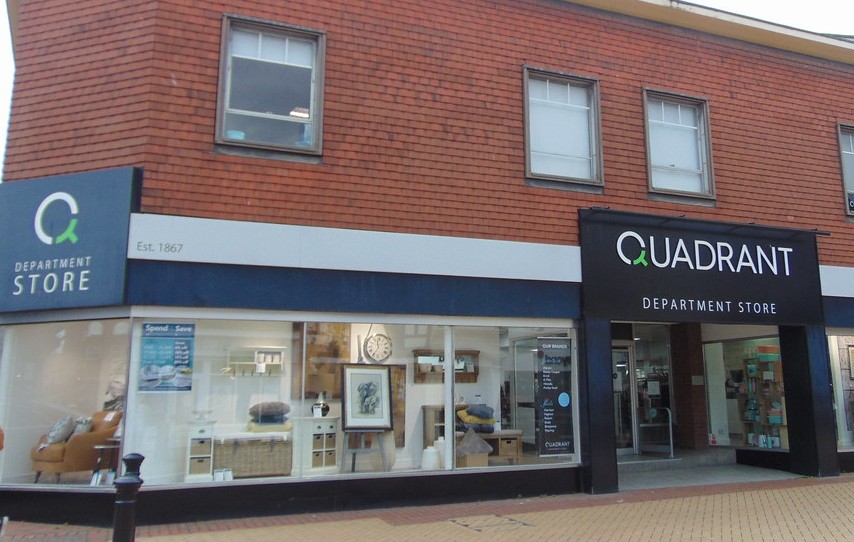Furniture retail sales decreased during January on last month as well as falling against an annual comparison.
According to the latest data from the Office for National Statistics, furniture and lighting retail sales fell 22.2% to £1.22bn from £1.57bn in December. Compared to the previous year, sales were down 3.1% from £1.26n.
Floorcovering retail sales increased month-on-month, up by 2.1% to £194.4m from £190.4m. Compared to the same time last year, sales fell by 6.8% from £208.7m.
Non-food stores sales volumes (the total of department, clothing, household and other non-food stores) returned to broadly expected levels, with a rise of 3.0% over the month following a 3.9% fall in December.
Some of the fall in December was because of consumers purchasing Christmas gifts earlier, during the November Black Friday discounts. But 46% of surveyed adults still reported plans to spend less on Christmas shopping because of the rising cost of living, as reported in our Public opinion and social trends bulletin.
Sales volumes in department stores and other non-food stores (such as sports equipment stores) rose over the month by 5.4% and 6.2%, respectively, with some retailers reporting the positive impact of January sales. Household goods stores rose by 1.8% in January 2024, which was mainly because of sales in hardware stores, while clothing stores fell by 1.4%.
Overall, retail sales volumes (quantity bought) are estimated to have rebounded by 3.4% in January 2024, following a record fall of 3.3% in December 2023 (revised from a fall of 3.2%). This was the largest monthly rise since April 2021 and returned volumes to November 2023 levels.
Looking over a longer period, sales volumes rose 0.7% between January 2024 and January 2023 but were still 1.3% below their pre-coronavirus pandemic level in February 2020.
The amount spent online, known as online spending values, fell by 4.1% over the month to January 2024 but grew by 1.0% over the year (likely because of inflation).
The proportion of sales made online fell from 26.8% in December 2023 to 24.8% in January 2024.
Commenting on the retail sales figures for January, Heather Bovill, Deputy Director for Surveys and Economic Indicators at the ONS, said: “After a very weak December, retail sales rebounded in January with the largest monthly rise since April 2021. This means that overall sales have now recovered to pre-December levels, although if we look at the broader picture, they are still below where they were pre-pandemic.
“Sales increased across nearly all retail sectors, and it was a particularly strong month for supermarkets. Household goods stores, sports shops and department store retailers were amongst those reporting robust trading due to January sales promotions. A fall in prices at the pump also meant a solid month for fuel sales. Clothing shops were the only area not to see growth this month.”
Responding to the latest ONS Retail Sales Index figures, Kris Hamer, Director of Insight at the British Retail Consortium, said: “There was promising news as sales volumes rose for the second time in three months, following 19 prior months of decline. This reflected rising levels of consumer confidence, as well as a boost from the January sales. Categories, such as computing, and cosmetic & toiletries performed well. Food sales continued to outstrip non-food sales – mainly due to higher levels of inflation on these products. Nonetheless, shoppers remained cautious as they entered the third year of the high cost of living.
“Retail plays a vital role in unlocking household spending and boosting economic growth across the UK. As the everywhere economy, retail serves all of us, providing the things we need as well as local jobs and investment. It is vital that our future Government recognises the importance of retail considering the cumulative cost burden created by new and existing policies. Business rates’ rises, inadequate recycling proposals, new border control costs; only by addressing these issues can the next Government unlock further investment for the country and boost local and national economic growth.”















